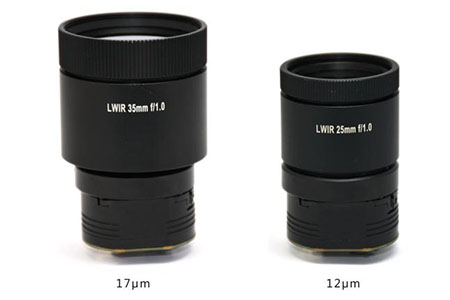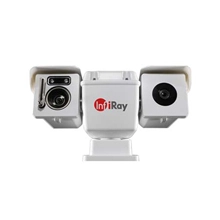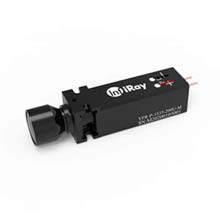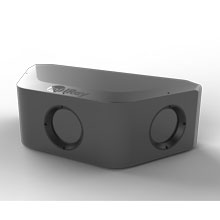How to use a thermal camera for security purposes?

Thermal cameras have revolutionized security measures by providing an invaluable tool to identify potential threats and enhance safety. Thermal cameras offer a distinct advantage in security by detecting heat signatures and capturing images based on thermal radiation, allowing for non-contact, non-invasive monitoring. They can identify potential threats even in low-light or challenging conditions, enabling proactive security measures. By visualizing heat patterns, these cameras help detect anomalies, locate intruders, and monitor areas that are otherwise invisible to the naked eye. This proactive approach minimizes response time, enhances situational awareness, and promotes a safer environment.
Key Features and Specifications to Consider
When selecting a thermal camera for security purposes, certain features and specifications are crucial. Resolution plays a vital role in image clarity and the ability to discern fine details. Higher-resolution thermal cameras provide sharper images, allowing for better threat identification. Additionally, sensitivity, temperature range, and frame rate are essential considerations to ensure accurate and real-time monitoring capabilities. Other features, such as video analytics, IP connectivity, and image enhancement options, contribute to a more efficient and effective security system. Prioritizing these key features and specifications will help you choose a thermal camera that aligns with your security needs. Find 1280×1024 Thermal Imaging Resolution Security Camera Here.
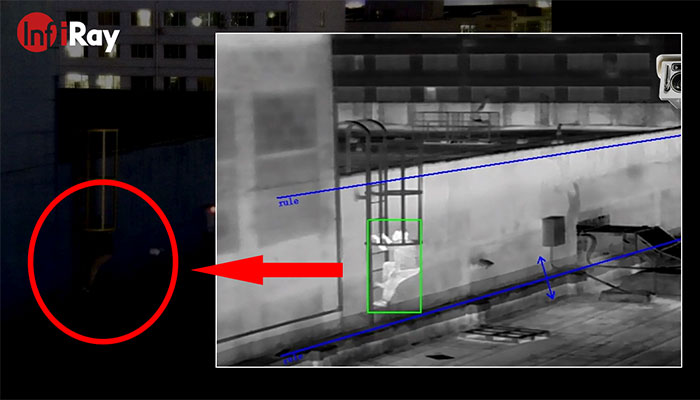
InfiRay thermal security cameras can identify intrusions and alert in poor vision situations.
Installation and Setup
Proper installation and setup of thermal cameras are vital for optimal performance. Careful consideration should be given to camera placement, taking into account the areas of interest and potential blind spots. Mounting the cameras at suitable heights and angles can maximize coverage and reduce false alarms. Calibration and alignment of the cameras are crucial to ensure accurate temperature readings and reliable detection. Consult the manufacturer's guidelines and engage with professionals if necessary to ensure the correct installation and setup of your thermal cameras.
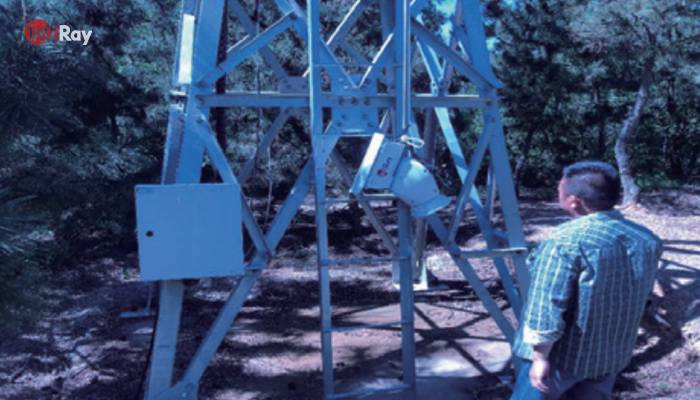
Operating a Thermal Camera
Operating a thermal imaging camera involves familiarizing yourself with the camera controls and interface. Understanding how to adjust settings such as temperature scales, color palettes, and focus ensures that the camera provides optimal performance for your specific security needs. Regular calibration checks and firmware updates should be performed to maintain accuracy. By mastering the operation of your thermal camera, you can effectively monitor your environment, identify potential threats, and respond promptly to security incidents.
Interpreting Thermal Images
The ability to interpret thermal images is crucial for effective security monitoring. Understanding heat signatures and recognizing normal patterns versus anomalies is key. Thermal cameras can distinguish between human and non-human targets, aiding in identifying potential intruders. Thermal images can also reveal hidden objects, detect overheating equipment, and locate hotspots, which can prevent accidents and fire hazards. Training security personnel to interpret thermal images and integrate this information with other security systems can significantly enhance threat detection and response capabilities.
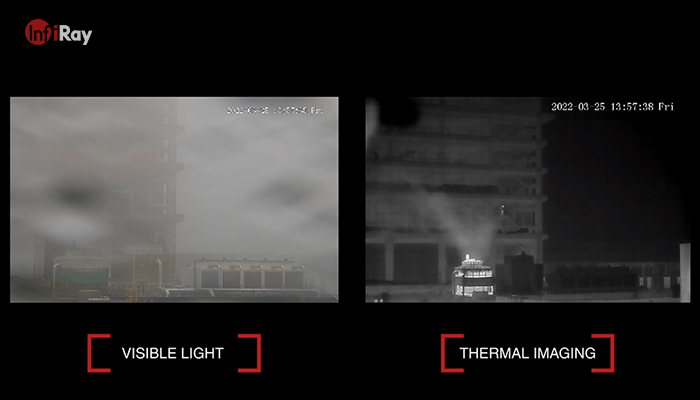
Integration with Safety Systems
Integrating thermal cameras with existing safety systems can maximize their effectiveness. By connecting them with access control systems, alarms, and video analytics, you create a comprehensive security network. This integration allows for immediate response to detected threats, triggers automated alarms, and facilitates the coordination of security personnel. Furthermore, thermal cameras can be incorporated into perimeter security systems, securing critical areas and deterring potential intrusions. The seamless integration of thermal cameras with safety systems enhances overall situational awareness and provides a proactive approach to security. Extended Reading: 3 Benefits of Thermal Imaging in Wildfire Detection and Management.
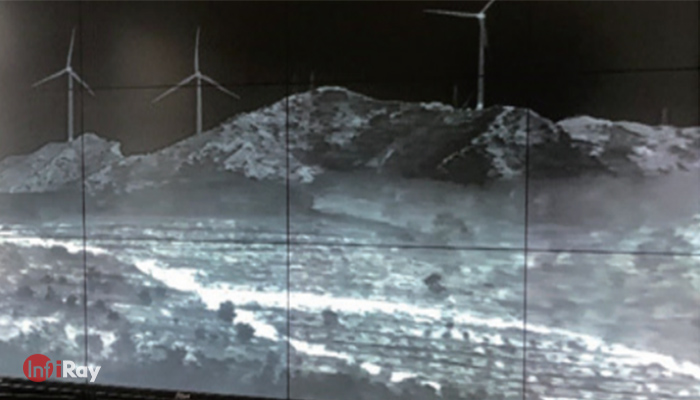
InfiRay thermal security camera is connected to the command center screen to monitor the fire situation in the selected area.
Innovative Applications and Future Trends
The applications of thermal cameras for security purposes continue to expand as technology advances. In addition to traditional security monitoring, thermal imaging cameras are now being used in various industries such as transportation, manufacturing, and energy. They are employed for perimeter protection, crowd monitoring, fire detection, and equipment maintenance. Furthermore, advancements in artificial intelligence and video analytics enable more sophisticated features like facial recognition and behavior analysis, enhancing the capabilities of thermal imaging in security settings. As the technology evolves, we can anticipate improvements in image resolution, sensitivity, and integration capabilities, as well as the development of compact and cost-effective thermal cameras, making them more accessible to a wider range of security applications. Learn More about InfiRay Security and Fire Prevention Thermal Imaging Solutions Here.

 français
français  Deutsch
Deutsch  Español
Español  italiano
italiano  русский
русский  português
português  العربية
العربية  日本語
日本語  한국어
한국어  magyar
magyar 






